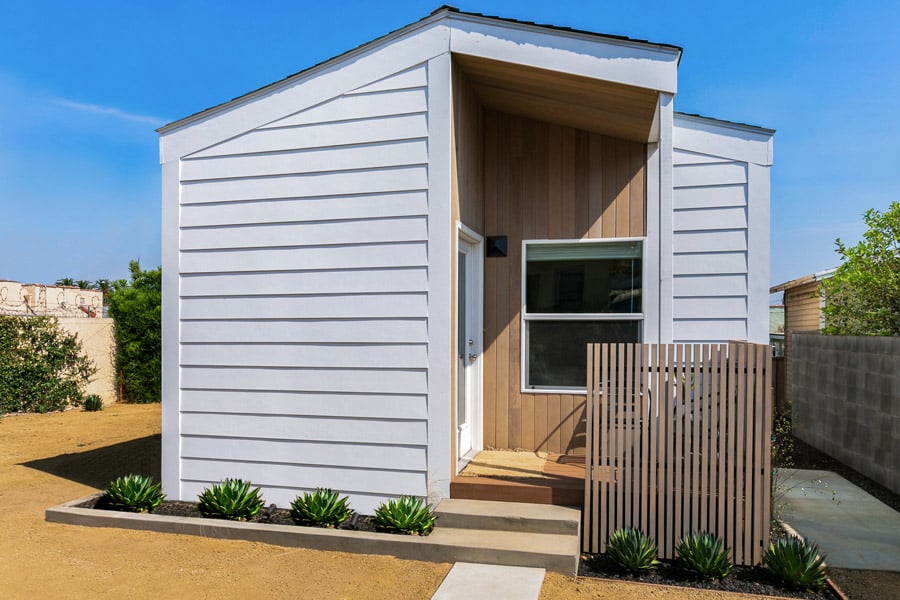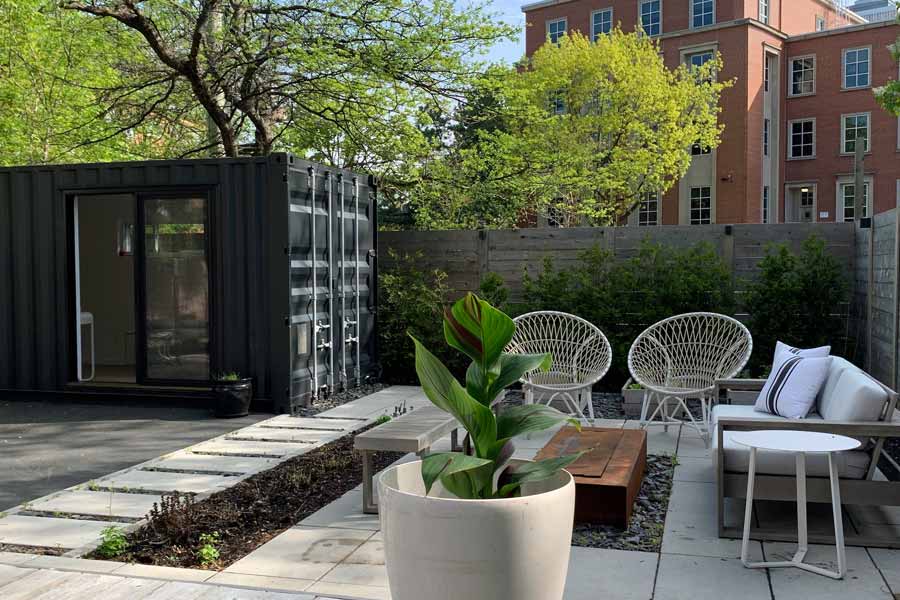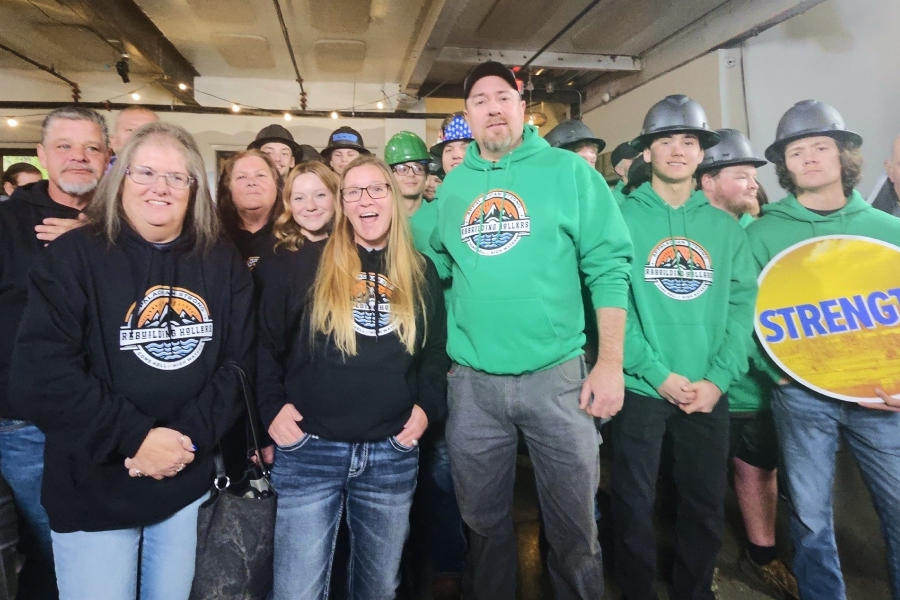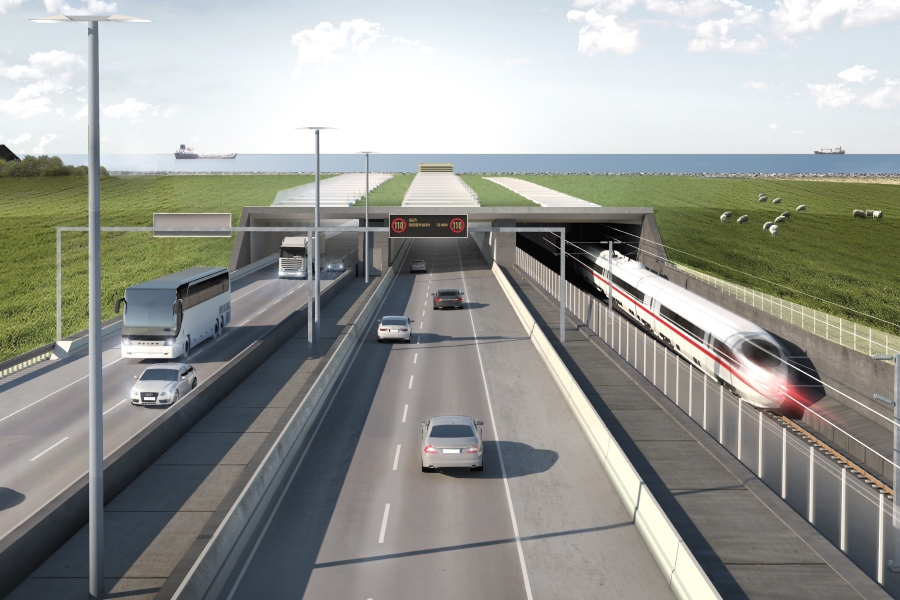Los Angeles, like many urban areas in the United States, is in the grip of an affordable housing crisis. Between 1997 and 2019, the California city lost more than 5,000 units of affordable housing, as the population of low-income families and individuals continued to grow.
In a city whose architectural culture emphasizes low-profile, single-family residences, it’s been difficult for urban planners to find solutions that won’t be met with neighborhood resistance. But for Christian Návar, president of construction at United Dwelling, the crisis represented an opportunity to develop a new model of rapid-build, single-family affordable housing—one that individuals could implement without changing the character of their neighborhoods, constructed right in their own backyards.
Scalable solutions
The inspiration for United Dwelling came from the idea of converting garages into housing space. However, as Návar explained, the idea quickly evolved. “We have a mission of making a significant impact in the L.A. housing crisis,” he said. “And in order to do that, you have to be scalable. We realized that while converting old garages has a nice ring to it, in order for this to really be scalable, we needed to demolish the garage and put in prefabricated accessory dwelling unit structures in its place.”
Building identical structures using the same prefabricated components, rather than converting an existing space, means United Dwelling is able to streamline the permitting process, dramatically increasing the number of units the company is able to construct.
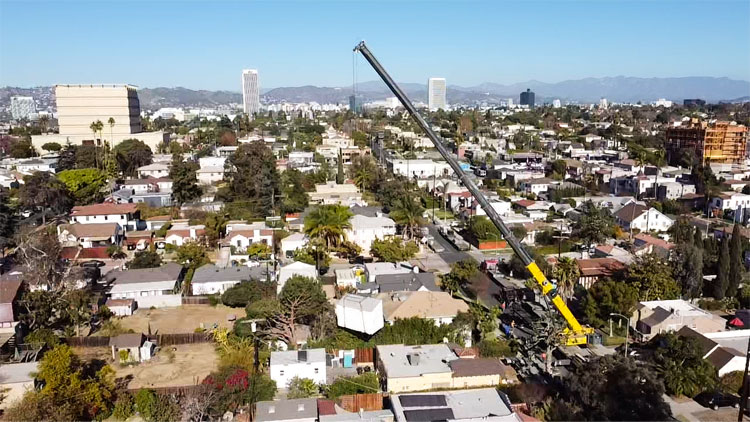
“Back in the day when we wanted to work on a project, it took us a year, a year and a half just to get through the planning department to get the proper approvals,” Návar said. “And then you’re looking at a year, year and a half, sometimes even longer to build them. But with the modular construction, we’re already ahead of the game.”
This streamlined process means that United Dwelling is able to complete multiple single-family units in less time than it would take to secure the permitting for one traditional building.
“Entitling a 100-unit apartment building is a very complex process,” Návar said. “You need land-use attorneys, and you’re investing a lot of time and money.”
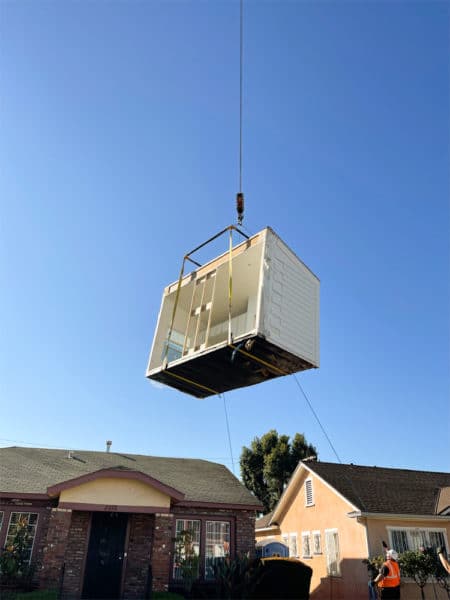
Constructing single unit, prefabricated backyard structures eliminates this cumbersome step in the building process, while still enabling United Dwelling to meet the same level of housing need. “Ultimately at a macro level, we’re still building the same amount of units as you’d see in an apartment building on a major boulevard in L.A.,” Návar said. “But instead of going vertically in one place, we’re basically exploding it and dropping it across communities horizontally.”
A unique approach to workflow
United Dwelling’s structures are conventionally built, with stick-frame construction and poured foundations. What makes the houses unique—and enables the company’s scalable approach to rapid construction—is the way it combines onsite and pre-made components in its standard build schedule of 28 workdays. Návar compares the process to using a meal kit, where the off-site work of creating packaged components allows users to make a quick and delicious dinner that’s as complete as it would be if they chopped each carrot themselves.
Návar said that the United Dwelling system relies on the methodology of manufacturing workflow.
“Every single day of our building schedule is broken down into micro processes. The off-site portion is the actual unit itself being built, which happens in a factory environment,” Návar said. “We warehouse all of the items needed to do the underground utility work, foundation work and get set up and ready for the unit to arrive so that we can crane it in. We pre-package all of the materials and tools. Then we have the backend once it’s set, which includes some standard carpentry work.”
“We don’t have large blueprints or construction documents at the site—it’s broken down as simply as the instructions you’d find in a meal kit,” Návar continued. “By simplifying the process, we’ve become providers of job opportunities, which is also needed in the communities we work in, training people to have careers in construction. It’s a rinse, lather and repeat process, which allows everyone to be smarter, faster and more efficient.”
Increasing the scalability of the United Dwelling workflow is Návar’s primary goal for 2021. “We learned a lot with our original flight of three units,” he said. “Then we went into a flight of eight and soon we’ll be launching a flight of 10—building 10 units on 10 different properties at once within our 28-day period. Once we’ve shown that it’s possible and that we can build these 10 units, we can instantly go from 10 to 20 units a month, and from 20 to 40, which should happen in June [2021].”
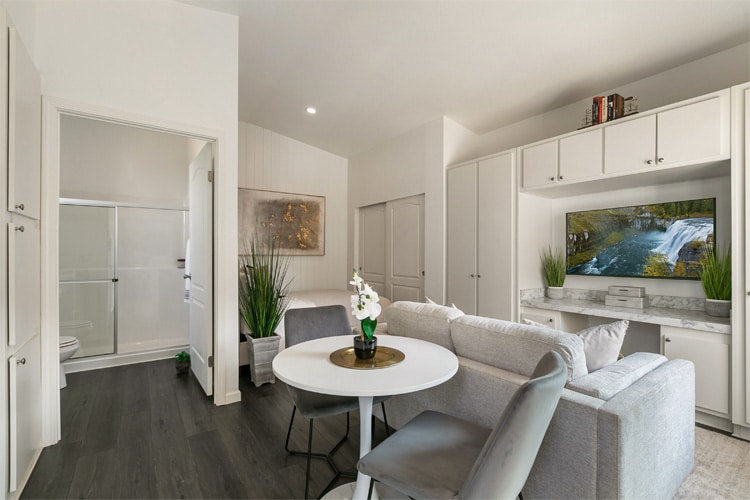
Návar said that proving scalability will allow United Dwelling to reach the company’s ultimate goal: building 100 units a month. “If we do that, then we make an impact in the community, starting to partner up with nonprofits that have housing needs to be met,” he said.
A neighborhood-based model
Aside from the rapidity of the construction process, Návar said the primary advantage of building housing in existing backyard space is that the low-profile nature of the builds removes much of the neighborhood resistance developers are usually faced with when constructing affordable housing.
“It strikes a great balance because you can replace a structure that’s already existing in someone’s backyard with something new that looks exactly the same in terms of scale and volume,” Návar said. “You don’t change the fabric or character of the community. Because of that, more people are willing to accept it as a viable solution.”
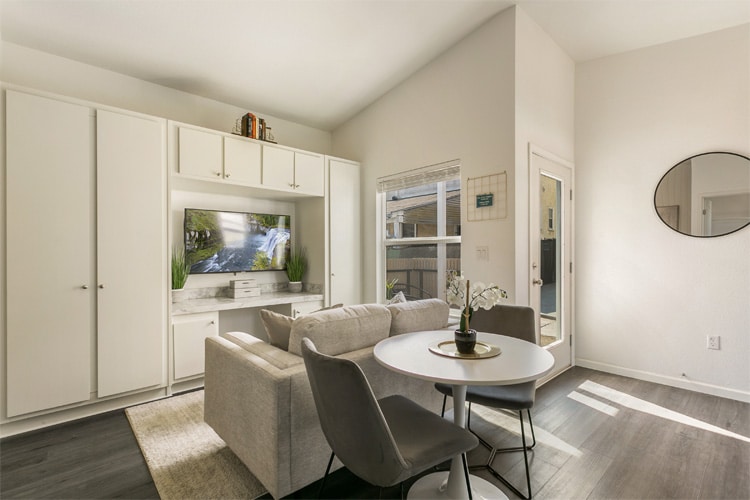
The United Dwelling system pays individual homeowners directly for the use of their space.
“What this model allows us to do is it makes micro developers out of every person in the community,” Návar said. “It allows you as the homeowner to put something into your backyard that not only benefits the community, but benefits you, by increasing your property value, rather than increasing the property value of the developer in the traditional construction or apartment building project. With that solution comes additional income and value to everyone across the community, not just the folks investing on a project-by-project basis. It’s a win-win for everyone.”

